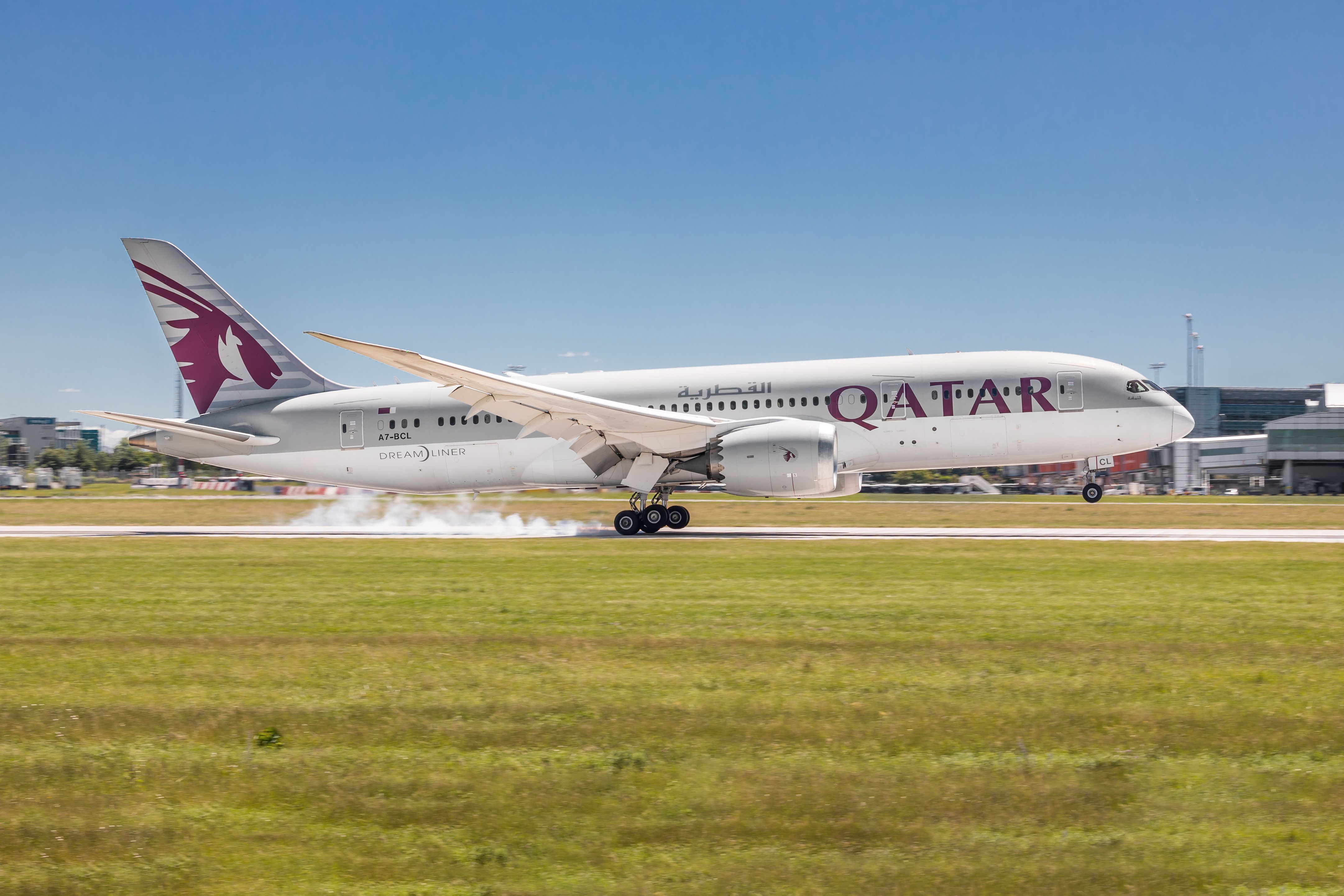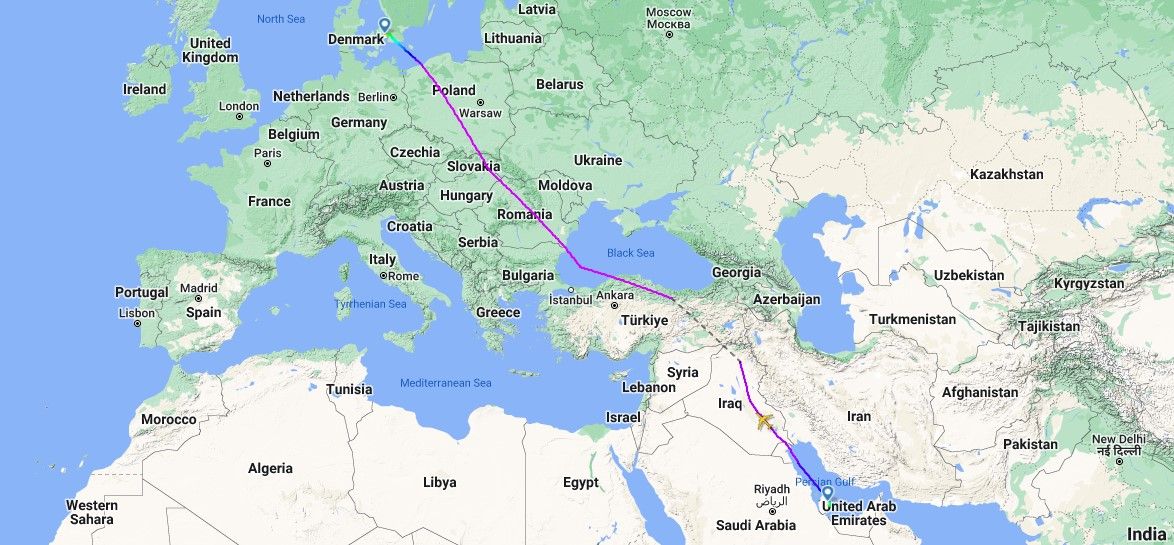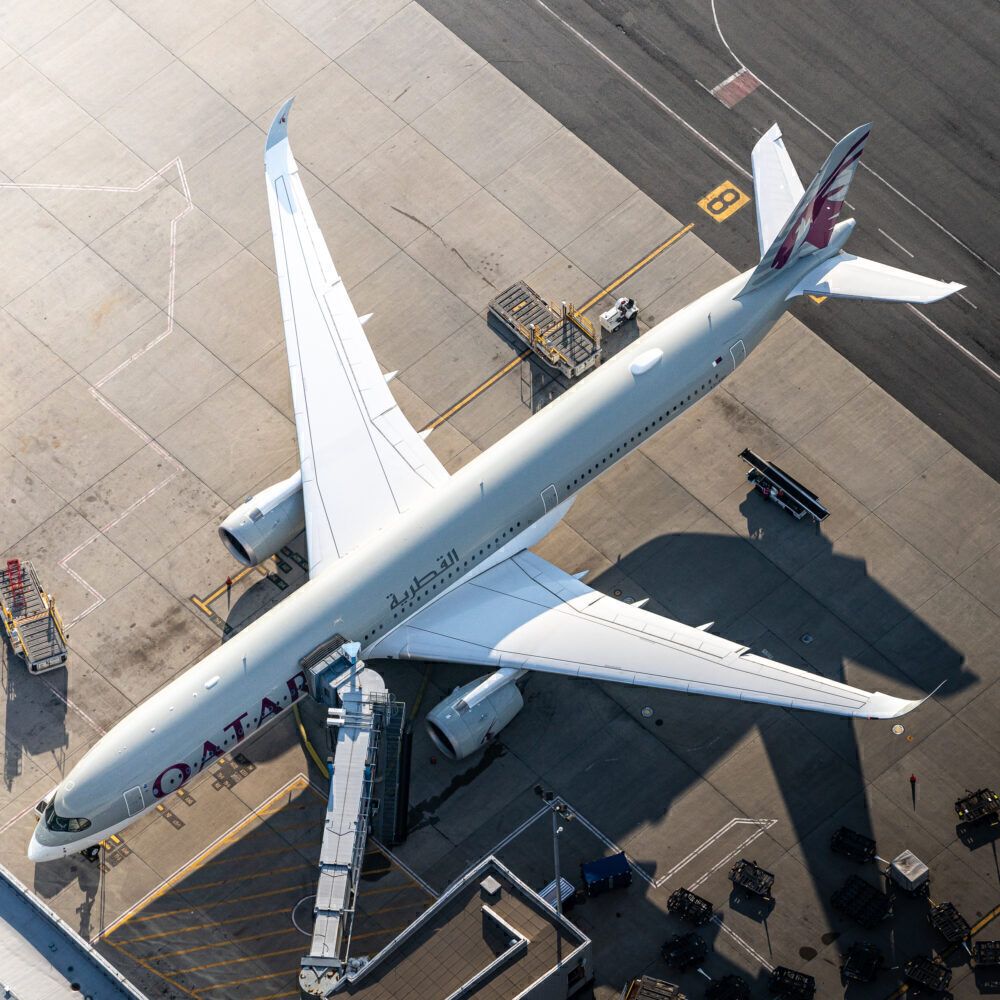* Updated 10:50 UTC 08/02/2023 with a statement from Qatar Airways *
Last month, a Denmark-bound Qatar Airways Boeing 787 'Dreamliner' was involved in an alarming incident that saw the aircraft suddenly lose altitude shortly after takeoff. The plane dropped below 1,000 feet while flying over the Persian Gulf on its way out of the carrier's Doha hub, but the situation was recovered.
Dropping in the darkness
According to the Aviation Herald, this incident occurred in the early hours of Tuesday, January 10th this year. The chain of events that culminated in the flight's sudden descent over the Persian Gulf began with the flight's departure.
According to FlightRadar24.com, this took place at 01:59 local time. Tracking data shared by the Aviation Herald shows that, before the descent, the aircraft had reached a peak altitude of 1,850 feet at 02:01:07. It was at this point that it suddenly descended at a maximum sink rate of 3,000 feet per minute, dropping to 850 feet.
This lasted 24 seconds and exceeded the Boeing 787's flap limits. While the First Officer had reportedly been flying the aircraft at the time of its departure from Doha, it was an intervention by the Captain that stopped the descent. Following this, the aircraft recommenced its climb and continued onwards without incident.
Get all the latest aviation news right here on Simple Flying!
Why did it happen?
But why exactly did the aircraft enter such a perilous descent in such a sudden manner? It is thought that a key factor was that the First Officer, who was flying the aircraft at the time, lost situational awareness while climbing.
This was additionally compounded by the fact that they were having to make a manual turn from one waypoint to another, taking the 787 from a heading of 157 degrees to 110 degrees. This was because slow inputs from the Captain had meant that the First Officer had no flight director indications to work with at the time.
In any case, it is rare to see such an incident involving Qatar Airways. The airline has a strong safety record, and the Aviation Safety Network notes that it has never suffered a fatal accident. Furthermore, its only hull losses have been due to fires during maintenance. Regarding the incident, the carrier told Simple Flying:
"Qatar Airways is aware of an event relating to flight QR161 operating from Doha to Copenhagen on 10 January 2023. It was immediately reported to authorities and an internal investigation is being carried out. The airline follows the most stringent standards of safety, training and reporting and is working to address any findings in line with industry norms."
The flight and aircraft involved
The service that saw this sudden descent incident was Qatar Airways flight QR161, which connects Doha Hamad International (DOH) and Copenhagen Kastrup Airport (CPH) on a regular basis. Data from FlightRadar24 shows that it made good time on January 10th after regaining its altitude, landing 23 minutes early at 06:02.
The aircraft involved was a short-fuselage Boeing 787-8 'Dreamliner' registered as A7-BCO. According to data from ch-aviation.com, this aircraft is one of 30 787-8s in Qatar Airways' present fleet, and it has been with the airline since August 2014. It seats 232 economy and 22 business passengers, giving a total of 254 seats.
Sources: Aviation Herald, Aviation Safety Network, ch-aviation.com, FlightRadar24.com




